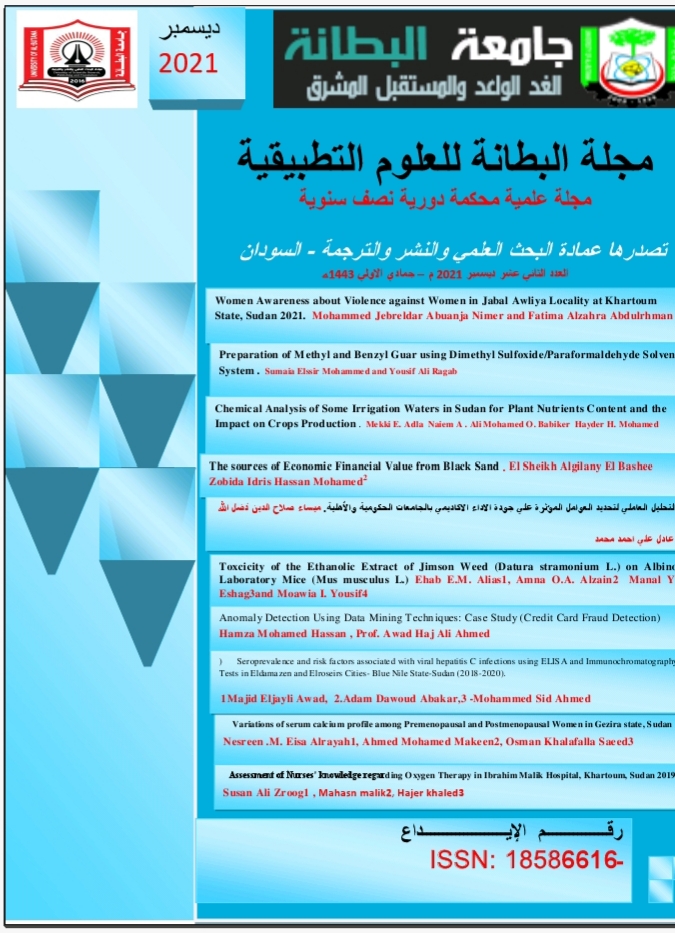Anomaly Detection Using Data Mining Techniques: Case Study (Credit Card Fraud Detection)
الكلمات المفتاحية:
Fraud detection, Credit Card, transactions, machine learning, Support Vector Machine, Random Forest, Gradient Boosted.الملخص
Due to the continuous economic growth and the increase in e-commerce sites
and other sites that require online payment, the credit card has become very
necessary in our lives these days. With the increase in the use of online payment
methods, the problem of credit card fraud has increased and therefore there has
been a major challenge for banks and online payment service providers to know
about fraud transactions. Fraud detection in a credit card is a data mining issue,
which is difficult due to two primary factors – first, patterns of legitimate and
fraudulent activity frequently shift and, secondly, due to the fact that credit card
fraud data sets are heavily distorted. In this study, we designed a model to detect
the fraud activity in credit card transactions, three supervised methods were
presented including Random Forest, Logistic Regression and Gradient Boosted
classifiers. Results suggest that each algorithm can be used extremely accurately
to detect credit card fraud. In this paper we worked with European credit card
fraud dataset. After the analysis of the dataset we got the accuracy of 99.96%
by Random Forest, 99.92% by Logistic Regression and 99.94% by Gradient
Boosted algorithm
